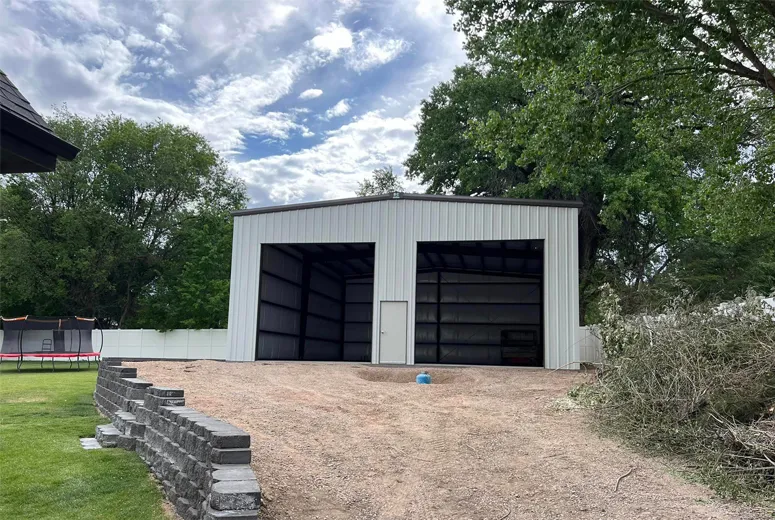- Afrikaans
- Albanian
- Amharic
- Arabic
- Armenian
- Azerbaijani
- Basque
- Belarusian
- Bengali
- Bosnian
- Bulgarian
- Catalan
- Cebuano
- Corsican
- Croatian
- Czech
- Danish
- Dutch
- English
- Esperanto
- Estonian
- Finnish
- French
- Frisian
- Galician
- Georgian
- German
- Greek
- Gujarati
- Haitian Creole
- hausa
- hawaiian
- Hebrew
- Hindi
- Miao
- Hungarian
- Icelandic
- igbo
- Indonesian
- irish
- Italian
- Japanese
- Javanese
- Kannada
- kazakh
- Khmer
- Rwandese
- Korean
- Kurdish
- Kyrgyz
- Lao
- Latin
- Latvian
- Lithuanian
- Luxembourgish
- Macedonian
- Malgashi
- Malay
- Malayalam
- Maltese
- Maori
- Marathi
- Mongolian
- Myanmar
- Nepali
- Norwegian
- Norwegian
- Occitan
- Pashto
- Persian
- Polish
- Portuguese
- Punjabi
- Romanian
- Russian
- Samoan
- Scottish Gaelic
- Serbian
- Sesotho
- Shona
- Sindhi
- Sinhala
- Slovak
- Slovenian
- Somali
- Spanish
- Sundanese
- Swahili
- Swedish
- Tagalog
- Tajik
- Tamil
- Tatar
- Telugu
- Thai
- Turkish
- Turkmen
- Ukrainian
- Urdu
- Uighur
- Uzbek
- Vietnamese
- Welsh
- Bantu
- Yiddish
- Yoruba
- Zulu
Dec . 05, 2024 16:52 Back to list
The Rise of Prefabricated Steel Structures in Modern Construction
In the ever-evolving landscape of construction, efficiency, sustainability, and innovation are paramount. One solution that has garnered immense popularity in recent years is prefabricated steel structures. This approach combines the strengths of traditional steel construction with the benefits of off-site assembly, creating a versatile and practical solution for various building needs.
Understanding Prefabrication
Prefabrication, or off-site construction, involves manufacturing building components in a controlled factory environment before transporting them to the construction site for assembly. This method contrasts sharply with conventional building practices, where construction occurs on-site and can be subject to various variables such as weather conditions and labor availability. By utilizing prefabrication, construction projects can experience reduced timelines, decreased waste, and enhanced quality control.
Advantages of Steel as a Prefabricated Material
Steel is renowned for its strength, durability, and resistance to environmental factors like pests and fire, making it an ideal material for prefabricated structures. Here are some notable advantages that prefabricated steel structures offer
1. Speed of Construction Prefabrication allows for simultaneous site preparation and component manufacturing. This overlap reduces the time required to complete a project significantly. Once the prefabricated components arrive on-site, assembly can often be completed in a matter of days or weeks, compared to the months required for traditional construction methods.
2. Cost-Effectiveness By streamlining the construction process, prefabricated steel structures can also lead to cost savings. Reduced labor costs, lower material wastage, and shorter project timelines all contribute to an overall economic benefit. Companies can bid more competitively for projects, and clients enjoy cost savings.
3. Quality Control Manufacturing components in a controlled environment allows for higher standards of quality control. Each part is subjected to rigorous testing and inspection before delivery, reducing the likelihood of defects that can arise from unpredictable on-site conditions.
prefabricated steel structures

4. Sustainability The construction industry is increasingly under pressure to reduce its environmental footprint. Prefabricated steel structures contribute positively to this effort. They generate less waste due to precise manufacturing processes and often use recycled materials. Moreover, the reduced construction time means less energy consumption on-site.
5. Design Flexibility Prefabricated steel structures are not limited to a few standard designs. Advances in technology and engineering have made it possible to create customized solutions tailored to specific needs. Architects and engineers can collaborate closely to develop innovative designs that maintain structural integrity while meeting aesthetic goals.
Applications of Prefabricated Steel Structures
The versatility of prefabricated steel structures enables their application in various sectors
- Commercial Buildings Many businesses opt for prefabricated steel buildings for warehouses, retail spaces, and offices due to the quick setup and adaptability to various designs. - Residential Projects Modern homes incorporating prefabricated elements can be constructed in record time, appealing to those looking for efficient housing solutions. - Industrial Facilities Factories and manufacturing plants benefit from the durability and spacious interiors that steel structures provide, accommodating heavy machinery and large operational spaces.
- Infrastructure Bridges, schools, and hospitals have seen a rise in steel prefabrication to meet urgent demands for construction in urban areas.
Conclusion
As the construction industry faces increasing pressures related to time, budget, and sustainability, prefabricated steel structures stand out as a viable solution. They embody the principles of efficiency, safety, and sustainability that modern society demands. The endless potential for innovation, combined with the robust characteristics of steel, ensures that prefabricated structures will continue to play a significant role in the future of construction. As industry professionals embrace this modern approach, we can expect to see an even broader acceptance and implementation of prefabricated steel structures across various sectors worldwide. In a rapidly changing world, these structures encapsulate the future of building — efficient, sustainable, and tailored to our needs.
-
How Do Prefabricated Steel Structures Transform Modern Construction?
NewsJul.14,2025
-
How Do Prefabricated Metal Buildings Redefine Modern Construction?
NewsJul.14,2025
-
How Do Prefab Insulated Metal Buildings and Steel Structures Revolutionize Modern Construction?
NewsJul.14,2025
-
How Do Pre - Engineered Steel Structures Redefine Modern Construction?
NewsJul.14,2025
-
Advancing Modular Construction with Prefabricated Metal Structures
NewsJul.14,2025
-
Advancing Industrial Infrastructure with Prefabricated Steel Solutions
NewsJul.14,2025
Products categories
Our Latest News
We have a professional design team and an excellent production and construction team.












